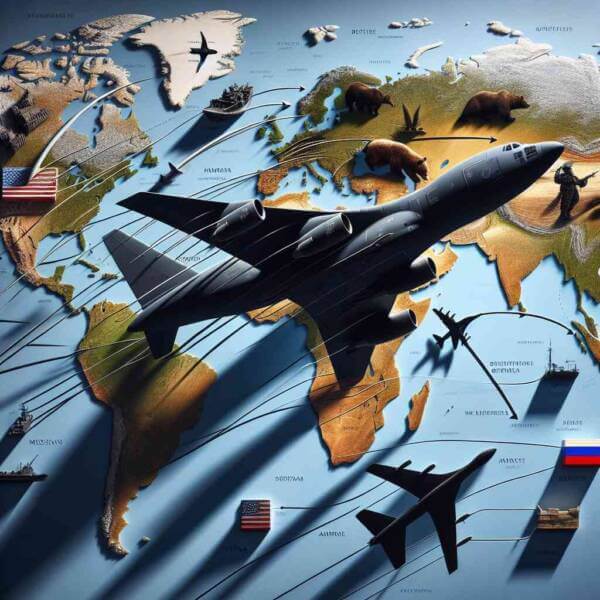
The use of aircraft in military operations transforms battlefield tactics.
Nations invest heavily in military aviation to maintain superiority.
History of Military Aviation
As technology advanced, airplanes were adapted for air-to-air battles, altering battlefield dynamics.
Major milestones in military aviation history include:
- The introduction of fighter planes and bombers
- World War II advancements
- Rapid development of jet technology
- Remote operations changing the face of conflict
Each era brought more powerful aircraft that pushed the limits.
Different Roles of Military Planes
Military aviation includes a variety of aircraft, each designed for unique purposes.
Types of planes used in military aviation:
- Aircraft designed for air-to-air combat
- Bombers
- Logistical support aircraft
- Unmanned aircraft for intelligence gathering
Each type plays a vital role in military operations, from supporting ground forces.
Why Control of the Skies Matters
Air superiority is essential for achieving military success.
Strategic advantages of air dominance:
- Protecting ground forces
- Cutting off enemy resources
- Early warning and real-time data
- Demonstrating power and deterrence
Nations with strong military aviation capabilities can shape outcomes.
The Next Generation of Military Aircraft
Constant research and development push boundaries for future warfare.
Cutting-edge developments:
- Stealth technology
- Missiles and aircraft traveling at speeds greater than Mach 5
- Autonomous drones
- Laser and electromagnetic systems
These advancements get more info expand mission possibilities for air forces worldwide.
Obstacles Facing the Industry
From high costs to geopolitical tensions, the road to air dominance is filled with hurdles.
Key challenges include:
- Budget constraints for defense programs
- Rapid technological changes
- Protecting systems from hacking and sabotage
- New debates about AI in warfare
Addressing these challenges is crucial to staying ahead.
Where Military Aviation is Heading
Nations will continue investing in space-based systems to maintain strategic advantages.
Expected advancements:
- Autonomous mission planning
- Space as the next battlefield
- Developing sustainable aviation technology
- Collaborations across allied air forces
The next era of military aviation will redefine defense.
Conclusion
Its history, present achievements, and future possibilities showcase technological excellence.
As technology continues to evolve, the skies will remain a frontline of innovation where military aviation protects nations.
The future of military aviation is limitless — and it’s only just beginning.